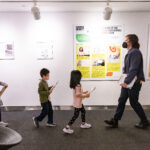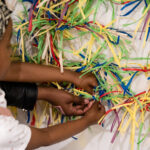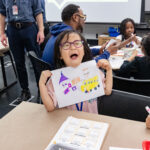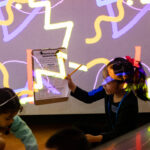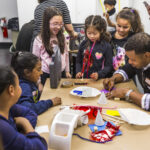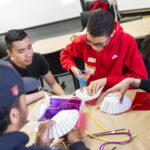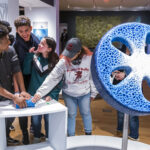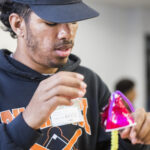Design Field Trips
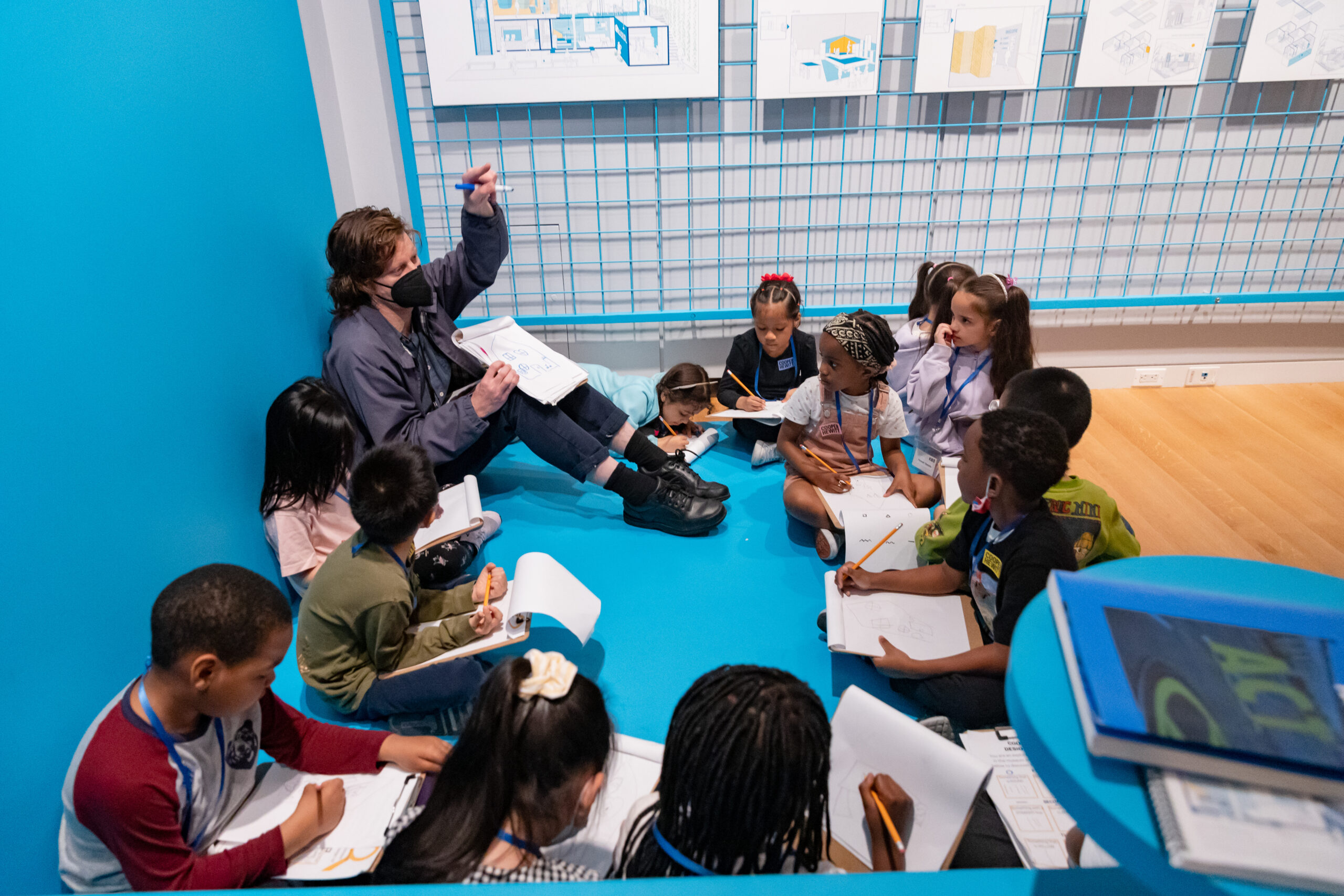
Design field trips
Cooper Hewitt welcomes K-12 classes to experience design at the museum. Our field trips explore how design shapes and is shaped by our everyday lives. Students are guided by a Cooper Hewitt educator through a tour of the museum’s exhibitions and collections, followed by a hands-on activity that immerses students in the design making process. Advanced registration is required for school groups visiting for educator-guided field trips. Availability is limited.
For additional information, please visit our FAQs page or email us at tours@cooperhewitt.zendesk.com
All Design Field Trips for the 2023–2024 school year are fully booked. If you would like to be contacted in the event of cancellations, please email tours@cooperhewitt.zendesk.com to be added to the waitlist. Our team will reach out if dates become available.
FIELD TRIP TRACKS BY GRADE
Each Design Field Trip track is tailored by grade level to meet the needs of students in every stage of their learning journey. Each track has been developed to meet national and New York State Standards and is aligned with the Culturally Responsive-Sustaining Education framework. To review each track in more detail, please read the overviews below:
Please note: The grade level for each track is a suggestion. We are happy to offer any of the three tracks to accommodate the specific needs of your class.

Track 1: Design Explorers (K-3rd)
In this in-person field trip, students will practice their observation skills to discover that design is all around them! By looking closely at designs across exhibitions and doing a hands-on design activity, students will discover design elements such as size, color, and shape, and consider how these elements can help us design symbols that communicate and connect us.

Track 2: Communicating Via Design (4th-8th)
How can design help solve problems and improve representation and access? In this in-person field trip, students will discover the power of symbols to communicate user needs and build community. Students will investigate examples of symbols from the Olympics and the 1972 Symbol Sourcebook in the exhibition Give Me a Sign and use design elements including shape, color, and pattern to create their own symbols that address a challenge in their school community.
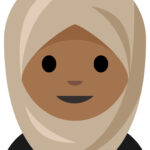
Track 3: Designing Symbols for Change (9th-12th)
How can communication design reflect a more inclusive world and inspire activism? In this in-person field trip, students will discover the power of symbols to meet the needs of users, communicate identity, and increase representation. Students will investigate examples of symbols in our world—from the accessible icon to emojis and the raised fist—and, using elements such as shape, color, and pattern, design their own symbols for change.

Track 4: from sketch to stage (7th-12th)
Students will investigate the design tools and processes of renowned contemporary artist and designer Es Devlin through the current exhibition An Atlas of Es Devlin. Starting with the simplicity of a blank piece of paper, Devlin brings to life imaginary worlds that can captivate an audience. In this tour and workshop, participants will be challenged to answer the question, “How might we create spaces and experiences that tell compelling stories?”
Check out our online resources
Explore current exhibitions, design activities you can use in the classroom, and more.
Smithsonian Learning Lab →
Design at Home Videos →
An Atlas of Es Devlin: A Creative Curriculum →
Current Exhibitions →
